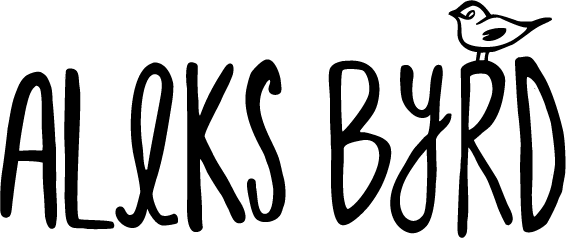Hybridity
I feel that my research and subsequent practice work along with my personal identity revolves around the idea of hybrid and hybridity. I came upon this new keyword while reading the article "Made-by-hand: [Re]valuing traditional (Japanese) textile practices for contemporary design" by Tim Parry Williams. One section that stood out to me was,
However, it is useful to consider the ideas of hybridity as a manifestation of cultural iteration and translation , of the blending or bringing together of potentially oppositional elements, or 'uneasy mixes', resulting in a new, unified, alternative or 'cultural other'. Polyphony or multiplicity is a chief characteristic of hybridity, and something much evident in contemporary (textile) design practices, as it is often the combining of multiple (differential) elements, which results in traits of huge distinction. Hybridity is also often or material and challenge 'presumptive norms'. However, in tangible form it tends to acknowledge the roots of its 'descendancy' with design often making very clear the elements it plays with. With its absence of 'purity', hybridity also raises questions of authenticity, and this unease can only add weight to the impact of hybrid design, thinking and making.
In my personal life my identity reflects hybridity and duality in cultural and national identity. In Estonia there are two distinctions of social groups: "kodueestlased" (home born estonians) and "väliseestlased" (foreign born estonians). I fall into the "väliseestlased" group. Being a foreign born Estonian, I am a hybrid of my two different cultures and in a state of duality, not identify more with one culture than the other. Estonia has patterns that are very much connected to origin and location. Each parish and region has a unique style, coloring, and motif usage and layout. You can tell where traditional garments and knit accessories are from based on colour, technique, and motifs. Being a foreign born Estonian, I don't exactly feel I have a pattern that fits me as I am not closely connected to any specific region/ parish. Creating a hybrid pattern drawing on aspects of existing traditional patterns that intrigue me such as certain color palettes and motifs creates the opportunity to create a pattern that reflects my relationship as a "väliseestlane" to Estonia and its culture.
In the practice led portion of my research, I am creating my own hybrid of reinterpreting traditional motifs from around the nordic region while still taking into account the "descendancy" or "origin" of the motifs. I am particularly interested in how the "descendancy" of a motif and its meaning has been "hybridized" or changed by change in location and culture.I want to expand on my work of reinterpreting Estonian patterns to a broader scale and region to which it is connected to by trade and cultural elements. It can be at times challenging to work with "traditional" motifs and designs to retain some aspects to authenticity and retain a level of homage/ respect to the "descendancy" while being creative and innovative. However I want to explore creating a new relevancy to these patterns and freshen their appeal to today's market/audience.
Reference
Williams-Parry,T (2015) 'Made-by-hand: [Re]valuing traditional (Japanese) textile practices for contemporary design', Craft Research 6 (2), pp. 171.
